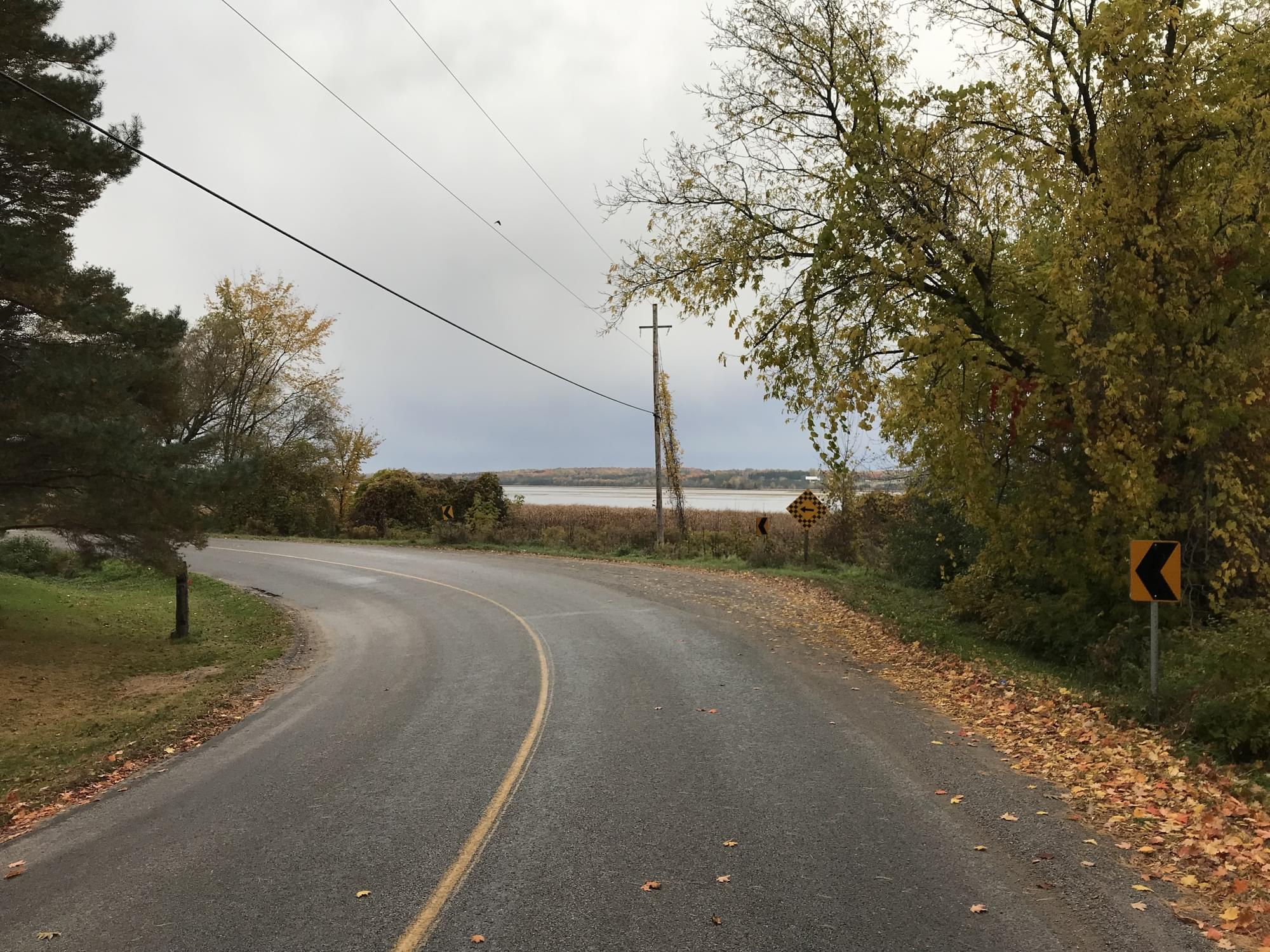Pigeon Lake--West end of Edenderry Line

Pigeon Lake--West end of Edenderry Line
Tips for Birding
In fall, birding is best in early morning and daybreak is optimal. Scan the lake for rafting waterfowl, gulls and other waterbirds as well as overhead for overflying waterfowl and migrant passerines. A spotting scope is pretty much essential at this location, as the birds are often at considerable distances from shore. Except on overcast days, birding in the late afternoon and evening may be less productive due to suboptimal lighting conditions.
In spring, the birding is best just at breakup. Typically, first to open is a channel along the far west edge of the lake, which concentrates the waterfowl at some distance. As the channel widens and the lake ice melts the waterfowl become a bit more dispersed.
Birds of Interest
Waterfowl are the main attraction at this hotspot. In spring, large number of ducks, geese and swans of a number of species congregate through at least mid-April. Both Trumpeter and Tundra swans concentrate primarily along the west side of the lake with Trumpeter Swans dispersing not long after breakup and the last of the Tundra Swan usually dispersing by early April. Common Goldeneye, Common Merganser, Bufflehead and Ring-necked Duck peak in the hundreds of individuals, while both species of scaup can number into the thousands. Lesser numbers of Redhead,
In fall, the common species are occasionally augmented by small numbers of all three scoters, Red-breasted Merganser and Long-tailed Duck. Another feature of fall is the large number of gulls streaming down the lake at daybreak. The vast majority of these are Ring-billed Gulls, which roost nightly in large rafts at the north of Pigeon Lake, but through October and November small feeding flocks of Bonaparte’s Gulls may be observed and in mid-November 2020 one or two Little Gulls were present in the Bonaparte’s flocks. In the latter half of October scan the wild rice beds for American Coot, which gather annually in small numbers. This location and the Kerry Line hotspot just to the north are the most reliable locations in the county for this species.
About this Location
This site is located at the west end of Edenderry Line where it bends to the south and becomes Boundary Rd. The gravel road shoulder on the outside bend is large enough to accommodate two or three vehicles. It is an excellent location from which to observed waterfowl and other waterbird migration in both spring and fall. Extensive wild rice beds offshore attract geese and dabbling duck species, in addition to other waterbirds, notably American Coot.
Vehicle traffic on Boundary Road and Edenderry Line can be relatively busy at any time but is particularly so in early morning. The traffic moves quickly, so be careful pulling your vehicle onto or off the road shoulder and ensure that parked vehicles are pulled well off the road.
Between the end of September and freeze-up waterfowl hunters may be present at a number of locations around the south end of the lake and, as an unintended benefit to birders, keep waterfowl circulating around the lake.
Note that all the surrounding land is in private ownership, including the marsh fringe between the road shoulder and the lake, so do not trespass.
Features
Roadside viewing
Restrooms on site
Wheelchair accessible trail
Entrance fee
Content from Donald A Sutherland
Last updated March 25, 2024